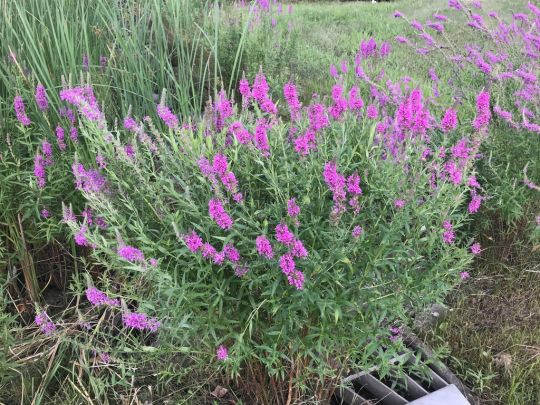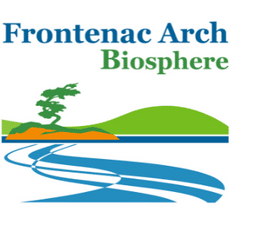
Purple loosestrife
(Lythrum salicaria)
Description
Purple loosestrife is not exactly a fully aquatic plant but it is most commonly found in wetland areas, so this plant is somewhat of a crossover between terrestrial and aquatic.
Purple loosestrife can often take over shorelines and grow extremely dense root systems that alter the area. Purple loosestrife is a difficult species to deal with due to split opinions on its role in ecosystems. Many believe it should be eradicated but others do not. The people who support purple loosestrife, push the fact that it can grow in certain conditions where other native plants cannot. An example of this is along roadways where high ph and other chemicals are found, due to the salting of the roads. Loosestrife is also good for controlling erosion along banks.
Range
Originally brought into North America to assist in beekeeping, and in the soils which acted as ballast in ships, it quickly spread to every state and province within North America. The spread was rapid due to the production of 2.7 million seeds for just one flowering plant.
Impacts & Control
This plant can disrupt water flow and overcrowd native species, both animals and plants are affected. The flowers on the plant are not as nutrient-rich as native species, which in turn impacts local pollinators




